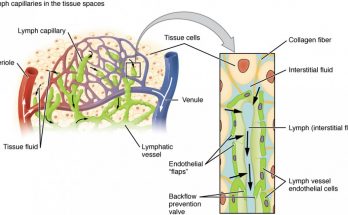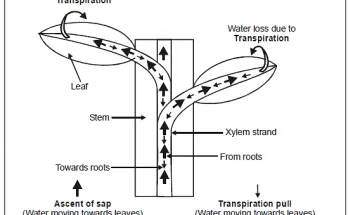
What is Interstitial Fluid and its Vital Role in Cellular Health and Function
Interstitial fluid, also known as tissue fluid, occupies the spaces between body cells, acting as a crucial part of extracellular fluid. Originating from blood plasma through capillary filtration, it provides essential nutrients and oxygen to cells while removing wastes. Its composition, similar to plasma but with fewer proteins, supports various physiological processes, including nutrient transport and waste removal.
What is Interstitial Fluid and its Vital Role in Cellular Health and Function Read More


